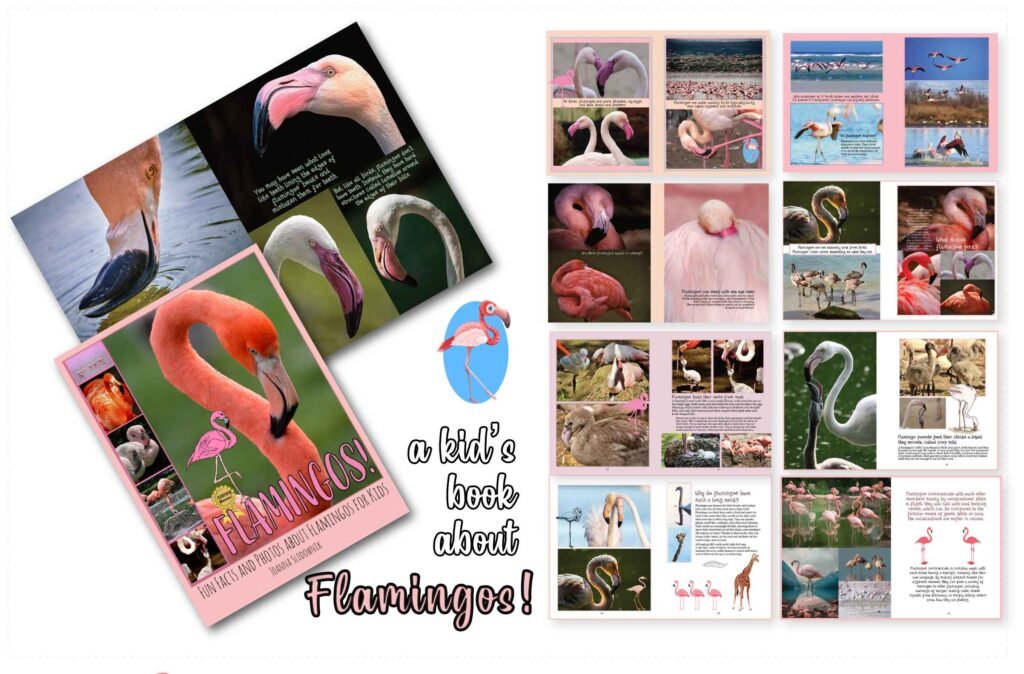Flamingos are more than just pink beauties, who spend their time looking cool, standing on one leg.
These iconic creatures have some truly fascinating characteristics and play important roles in their ecosystems.
Here are over 10 things you might not know about these beautiful birds:
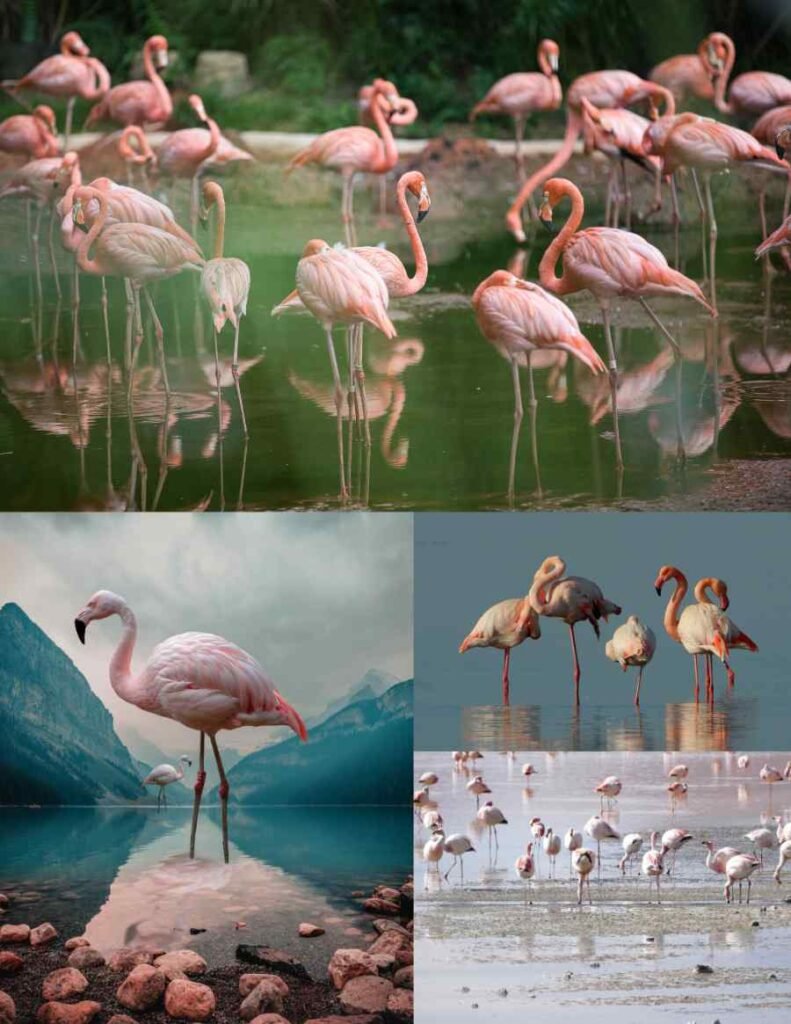
1. Tough Birds in Extreme Environments
Contrary to their delicate appearance, flamingos are incredibly hardy. They thrive in some of the most hostile environments on Earth, including caustic soda lakes in East Africa where the water’s pH can reach 10.5 – nearly as alkaline as ammonia!
2. Pretty in Pink
You Are What You Eat The flamingo’s iconic pink color isn’t just great genes – it’s diet-derived. Flamingos get their rosy hue from carotenoid pigments in the algae and small crustaceans they eat. The phrase “you are what you eat” has never been more true!
3. Upside-Down Feeders
Flamingos feed with their heads upside down in the water. Their uniquely shaped bills are specially adapted to filter-feed, separating mud and silt from their food.

4. Salt-Excreting Superpowers
Flamingos have special glands near their nostrils that allow them to excrete excess salt they ingest from their salty habitats. This adaptation enables them to drink water that would be toxic to other animals.
5. Keystone Species
Flamingos play a crucial role in their ecosystems. Their feeding habits stir up nutrients in the water, benefiting other species. Their droppings fertilize algae, supporting the entire food web. Some species even create nesting islands that other birds use.
6. Flamingo “Dance Parties”
Groups of flamingos often perform synchronized movements that look like choreographed dances. These displays help with mate selection and strengthen social bonds within the flock.
7. Flamingo “Makeup”
During breeding season, flamingos apply oil from a gland near their tail to their feathers. This “makeup” enhances their pink color to attract mates.
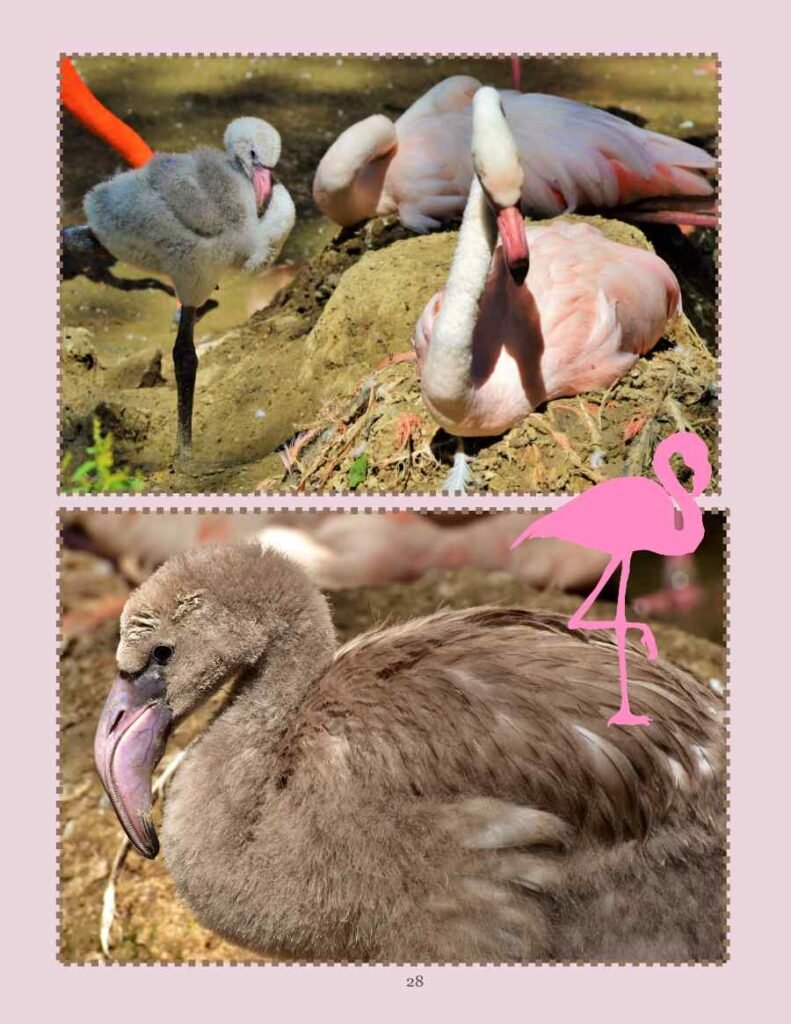
8. Climate Change Victims
Unfortunately, flamingos are suffering due to climate change. Early hurricanes can flood their breeding colonies, drowning chicks. Rising temperatures are also affecting the availability of their food sources.
9. Human Activity Impacts
Beyond climate change, human activities like mining, agriculture, and urban development are encroaching on flamingo habitats. Pollution and water diversion for human use also threaten their survival.
10. Monogamous Partnerships
Most flamingo species form monogamous pairs for the breeding season and sometimes for life. Both parents share in incubating the egg and raising the chick.
11. Flamingo “Daycare”
In large colonies, flamingos sometimes form “creches” – groups where adult birds look after each other’s chicks. This allows parents to fly further to find food.
12. Ancient Birds
Flamingos have been around for a long time. The oldest known flamingo fossil dates back about 50 million years!
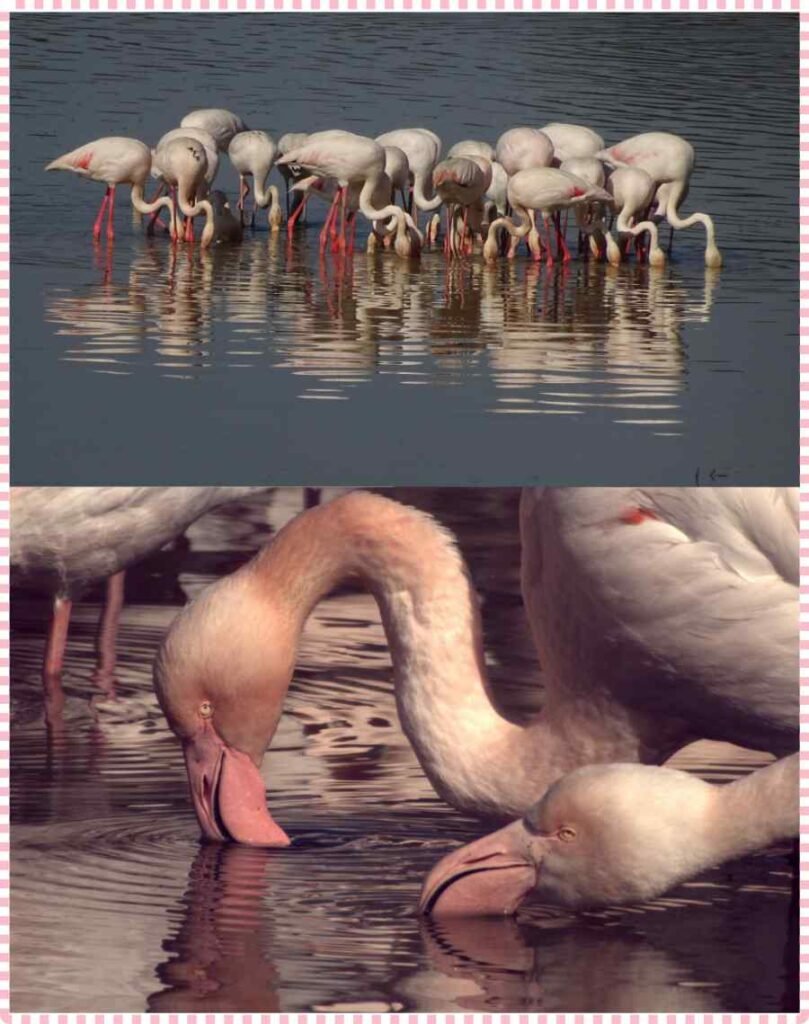
From their remarkable adaptations to their important ecological roles, flamingos are truly extraordinary birds. However, they face significant challenges from climate change and human activities. Understanding and appreciating these pink wonders can help inspire conservation efforts to protect them and their habitats for future generations to enjoy.
So, what is your favorite thing about flamingos?
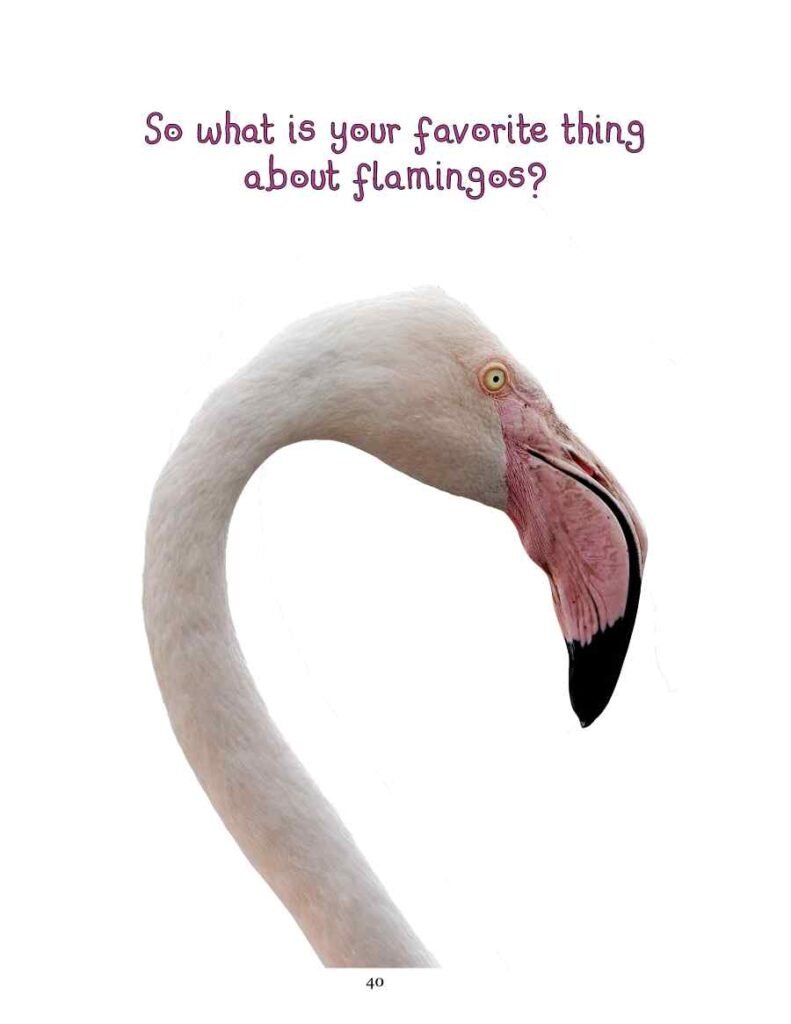
Fascinated by Flamingos?
Download some free flamingo coloring pages and check out my book about flamingos for kids available on Amazon:
“Flamingos! Fun Facts and Photos about Flamingos for Kids (Bird Books for Kids)
